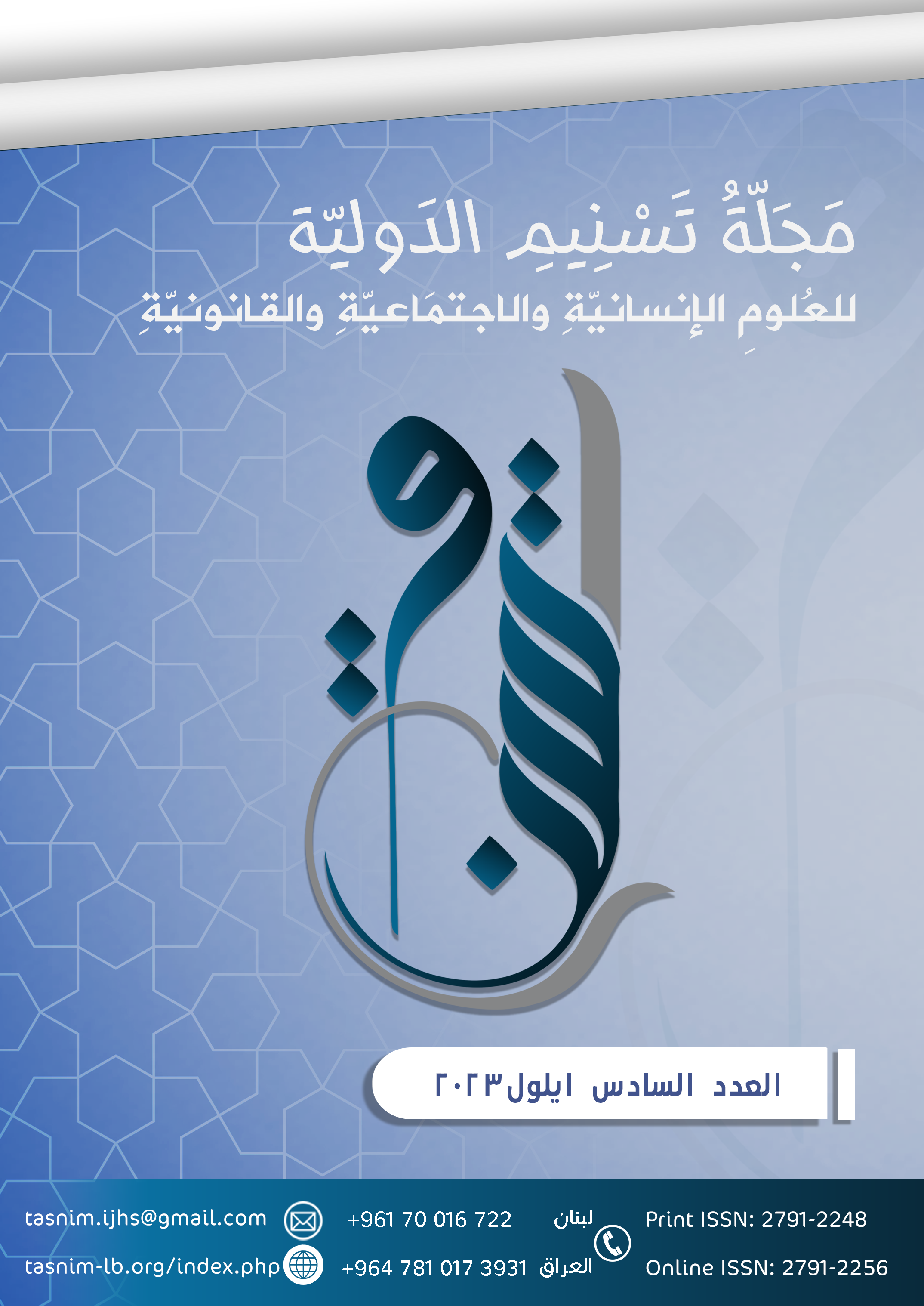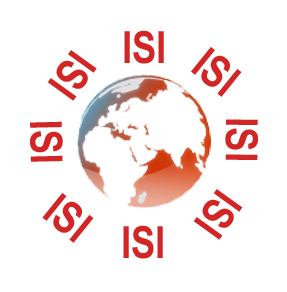The Effectiveness of Using Digital Drawing Programs in Teaching the Art Education Course
DOI:
https://doi.org/10.56924/tasnim.6.2023/1Abstract
The technological revolution in the middle of the last century produced inventions for technological devices and tools that directly impacted art in general and the educational process in particular. This led to a change in some teaching methods that could enhance the entire educational process. Given that the art education curriculum focuses on the creative and aesthetic aspect, which can be achieved through various types and uses of digital drawing programs, the idea for this study emerged. The study consists of four chapters, with the first chapter summarizing the research problem in the following question: "What is the effectiveness of using digital drawing programs in teaching?" The significance of the research lies in the contribution it can make to the development of teaching methods through the role of digital drawing programs in enhancing the skills and experience of teachers, students, and researchers in this field. The research objectives include: getting to know digital drawing programs, identifying the advantages and disadvantages of digital drawing programs, revealing the extent of the use of digital drawing programs in the art education curriculum, and investigating the effectiveness of digital drawing programs in the educational process. The research was delimited as follows: subject delimitation focused on the study of digital drawing programs and their use in the art education curriculum, while spatial delimitation included government high schools in the eastern part of Baghdad city. Temporal delimitation was the current academic year 2020-2021. Important research terms were also defined. The second chapter included two sections: the first section explained the concept of digital art, and the second section covered digital drawing programs and their role in the art education curriculum. This led to the theoretical framework, which relied on indicators and previous studies. The third chapter included the research procedures, where the researcher used the descriptive-analytical method to reach the research results. The research sample consisted of art education teachers in government high schools in Baghdad, and the research instrument was a questionnaire containing a set of questions on various topics. The fourth chapter presents the research results and conclusions, followed by the list of sources and appendices.
Downloads

Downloads
Published
How to Cite
Issue
Section
License
Copyright (c) 2023 Tasnim International Journal for Human, Social and Legal Sciences

This work is licensed under a Creative Commons Attribution-NonCommercial-NoDerivatives 4.0 International License.





